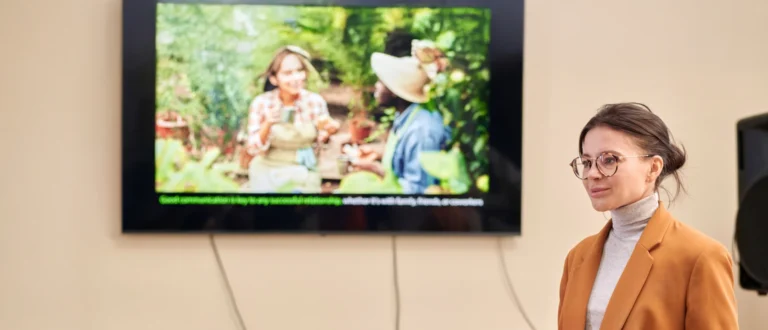Threats and Trends Insurance Companies Need To Be Aware Of
Competition, attrition and everything in-between
Insurers worldwide are faced with mounting challenges threatening to destabilize their world. The boom of big data, continual financial flux and the rapid rise of competition for customers play a detrimental role in defining the future of the insurance industry. These important influencers are here to stay. With growing competition and market demand in decline, industry revenue is at risk.
Attrition is a major cause for concern for insurers as traditional insurance communication methods are fast becoming a thing of the past and the rise of customer communication is the primary vehicle for customer retention in the digital age. Using insurance agents and brokers for services and direct sales is lessening as most insurance companies are moving towards online interaction with their customers. This shift is driving the need to improve the digital communication of insurance companies across the board – mobile, internet and social media channels.
The transition from communication with an insurance agent or broker to direct “online” communication means the loss of face-to-face contact. In a world synonymous with caring and committed to protecting the life and welfare of individuals, families and businesses, this loss is pivotal. It brings to the surface another difficulty for insurers who already have their hands tied in gaining trust for their financial security and protection services. Without face-to-face interaction, building a culture of trust and expressing security and empathy is an even bigger challenge. Personal connectivity needs to be reinterpreted and modernized in the new age of digital insurance.
Innovation is the way forward but how can insurers deliver complex insurance programs to customers in a clear and comprehensive way?
Insurers need to assess the discrepancy between jaded and outdated insurance plan explanations and their 2015 audience’s needs. Speaking with each customer directly in a language they understand is a primary gateway to addressing the “face-to-face” contact and trust issue. There is no doubt that insurance companies are required to communicate highly complicated information to their customers, however, it’s imperative this information is easy to understand. Also, due to relgulation and compliance policies, insurance companies should be on the constant lookout for new channels to simplify their message.
Customer experience satisfaction trends
- Attrition rates are at an all-time high
Recent Capgemini research shows that 70% of customers are at risk of switching insurance providers.
- Positive customer experience is becoming extinct
More than 70% of insurance customers worldwide account for a negative customer experience, according to the World Insurance Report (WIR) released by Capgemini. Positive customer experience ratings globally dropped 3.7 percentage points. With North America in the decline lead (8.3 percentage points), followed by Latin America (5.3 percentage points) and Europe.
- The Millennial audience
18 to 34 years olds – make up about one third to one quarter of the population. This digitally-fuelled demographic present a huge opportunity and challenge for insurers.
- The superficial insurer-customer relationship
WIR indicates that insurers rank very low when it comes to knowing their customers properly and maintaining a solid relationship with them. Customer engagement is often kept to a bare minimum.
- Customer data is sidetracked
Monitoring customer data regularly and seizing on analytics to identify consumer behavior and preferences is often missed. Insurers fail to profile their customers meticulously, and in real-time, meaning their perspective of their customers is not always up-to-date or complete.
Idomoo key takeaways on customer experience challenges
- Today’s on the go, time starved, digital consumer doesn’t have the patience to focus and decipher complex and tedious insurance information.
- Less face-to-face and more online interaction is turning the insurance business into a virtual one. Insurers need to keep their finger on the digital pulse and meet up with the necessary demands.
- Millennial growth is having a direct impact on the insurance industry. This tech-savvy population is hungry for engaging, precise, snackable and interesting information.
- Millennials are tuning out from conservative communication such as letters, emails, and long written policies. They seek more visual, less textual, interactive content.
- The expectation of Millennials is to receive easy-to-chew-on content, that won’t be a waste of their time. Personalization is the key as it tailors all that’s needed to deliver only the most relevant content to the right person.
Given these market disruptions, it is evident that companies have no other choice but to invest in creating outstanding customer experience for their growing segement – the Millennial generation. It’s not a question of if anymore but a question of how.
In our next blog in this series, we’ll share how this can be achieved via some of the most successful customer experience insurance campaigns.






